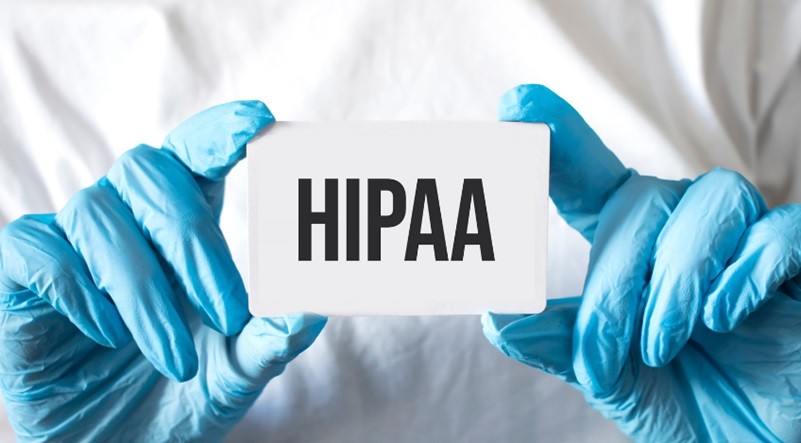
In the ever-evolving world of healthcare, staying up-to-date and compliant with regulations is crucial. One such regulation is HIPAA – the Health Insurance Portability and Accountability Act. This federal law was enacted in 1996 to protect individuals’ personal health information from being disclosed without their consent or knowledge.
HIPAA compliance can be a daunting task for healthcare organizations, especially with the constant updates and changes in regulations. However, there are common mistakes that can be easily avoided by utilizing HIPAA risk assessment software and other technological solutions. In this article, we will discuss five of the most common HIPAA compliance mistakes and how software can help you avoid them.
1. Failure to Conduct Regular Risk Assessments
One of the most crucial steps in maintaining HIPAA compliance is conducting regular risk assessments. This involves understanding in detail what are HIPAA security risk assessments, identifying potential risks to protected health information (PHI), and implementing strategies to mitigate those risks. However, many organizations fail to conduct these assessments regularly or do not have a structured approach in place.
With HIPAA compliance software, healthcare organizations can easily conduct risk assessments at regular intervals and document the results. These software solutions provide templates for conducting risk assessments and allow you to track and monitor risks over time, ensuring compliance with HIPAA regulations.
2. Lack of Employee Training
HIPAA compliance is not just the responsibility of the IT department; it involves every employee in a healthcare organization. However, a lack of proper training and awareness can lead to unintentional violations of HIPAA regulations. Employees must understand their role in maintaining HIPAA compliance and how to handle PHI appropriately.
HIPAA compliance software can assist in employee training by providing resources and modules on HIPAA regulations, best practices, and potential violations. These solutions also allow you to track employee training completion and provide regular reminders for employees to stay updated on HIPAA requirements.
3. Inadequate Data Security Measures
Protecting PHI is a top priority for healthcare organizations, and any breach of this information can lead to severe consequences. However, many organizations still rely on outdated security measures or fail to implement the necessary safeguards for data protection.
HIPAA compliance software can help address these issues by providing encryption and access control features for PHI. The very role of HIPAA compliance software in safeguarding patient privacy is to help organizations establish secure processes for data storage, transmission, and access. These solutions also provide regular security updates and alerts on potential vulnerabilities, allowing organizations to take immediate action.
4. Failure to Implement Policies and Procedures
HIPAA regulations require healthcare organizations to have written policies and procedures in place to protect PHI. Many organizations either lack these policies or fail to update them regularly, leading to compliance issues.
With HIPAA compliance software, healthcare organizations can easily create and update policies and procedures specific to their business needs. These solutions also provide templates for common policies such as breach notification protocols, password management, and device usage guidelines.
5. Non-compliance with Business Associate Agreements
Business associate agreements (BAAs) are essential for ensuring that business partners and vendors comply with HIPAA regulations. However, many healthcare organizations fail to have these agreements in place or do not regularly review them for compliance.
HIPAA compliance software can help manage BAAs by providing a centralized platform for tracking and monitoring agreements with business associates. These solutions also provide reminders for reviewing and updating BAAs, ensuring that all parties are compliant with HIPAA regulations.
Conclusion
Maintaining HIPAA compliance requires a proactive and structured approach, which can be challenging without the right tools. By utilizing HIPAA compliance software, healthcare organizations can avoid these common mistakes and ensure that they are continuously compliant with regulations. With the assistance of technology, organizations can remain focused on providing quality care while also protecting patient privacy.
